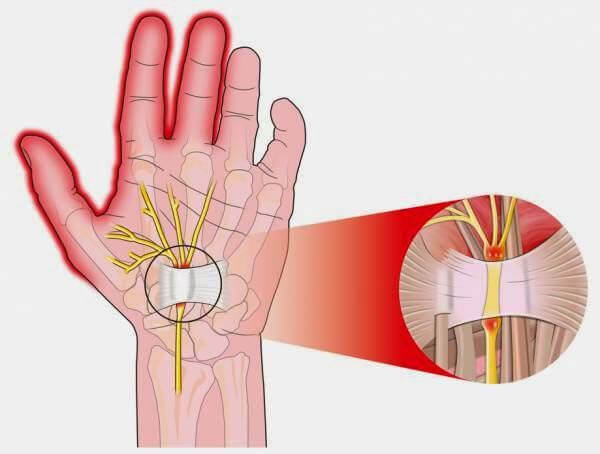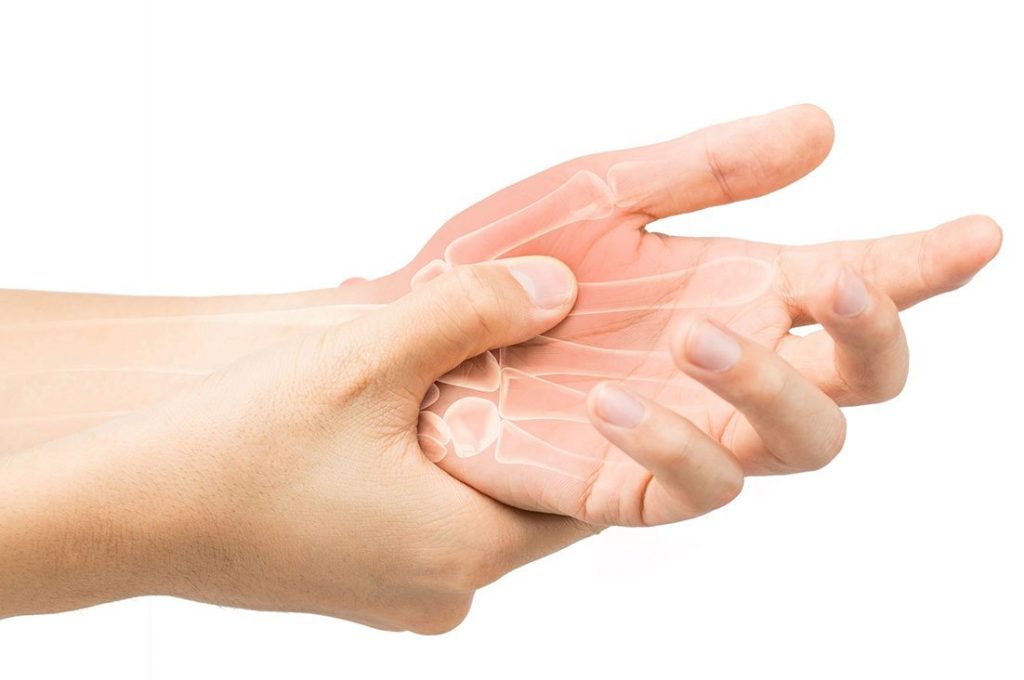WHAT IS WRIST OSTEOARTHRITIS
DO YOU UNDERSTAND ALL ABOUT THIS DISEASE?
DO YOU UNDERSTAND ALL ABOUT THIS DISEASE?
Joint degeneration is currently the most common form of joint inflammation. The wrist and hand joints are often the most impacted among the affected joints. This condition can affect individuals of all ages, but it is more prevalent in women over 50. Let’s delve into the following article to understand whether wrist joint degeneration is genuinely dangerous.
Wrist joint degeneration is characterized by damage, pain, and discomfort in the wrist area, especially in the joint cartilage, leading to erosion and gradual deterioration. When the wrist joint cartilage undergoes corrosion, degeneration, and nutrient deficiency, it can result in pain, swelling, the risk of fractures, and varying degrees of impact on joint mobility.



Elderly individuals are more susceptible to this condition. With advancing age, joints and cartilage become more prone to erosion, fragility, and rapid development of wrist joint degeneration.

This condition is often observed in individuals requiring prolonged hand usage, such as working with computers phones, or handling heavy objects. Such tasks demand extended periods of hand activity, leading to joint stiffness and swelling.

Accidents, falls, and other types of trauma can damage and degenerate wrist joints, particularly in cases where joint dislocations or arm fractures have occurred.

The pain associated with wrist joint degeneration typically exhibits mechanical characteristics. It tends to worsen during movement and decrease during rest. The intensity of pain can vary, and the symptoms may include:
– Audible cracking or popping sounds when moving the wrist.
– Morning stiffness or stiffness after extended periods of inactivity.
– Pain relief when resting and not moving the wrist.
– Patients may experience difficulty gripping and small hand movements over time. In more severe cases, wrist degeneration can lead to numbness, loss of mobility, and even paralysis.
Wrist joint degeneration is not merely uncomfortable; it can lead to severe complications if left untreated, including:

To determine the most appropriate treatment, a physician will typically order X-rays, MRI scans, electromyography (EMG), and other diagnostic tests to assess the severity of the condition. The treatment process aims to achieve three primary objectives:
– Home care: In mild wrist joint degeneration cases, patients can employ home-based treatments to manage symptoms effectively.
+ Adequate rest planning
+ Cold compresses
+ Gentle stretching exercises
– Physical therapy: Physical therapy can provide rapid relief from wrist pain and discomfort. However, it is essential to perform exercises under the guidance of a physical therapist to avoid improper techniques that could worsen the condition.
Standard physical therapy techniques for wrist joint degeneration include:
+ Electrical stimulation through the skin
+ Ultrasound therapy
+ Heat therapy
While physical therapy can be time-consuming, it yields significant benefits in pain management and regaining wrist and hand joint flexibility, enabling patients to control their symptoms better.
X-rays: Reveals the extent of bone and cartilage damage and the presence of bone spurs if present.
MRI (Magnetic Resonance Imaging): This method is used when X-rays do not provide a clear image of the condition, helping to visualize the extent of the disease.
By leveraging the remarkable advancements in modern medicine, AMIO StemCell offers a cutting-edge treatment for wrist joint degeneration using Bio Nano Cell multipotent stem cell therapy, following American standards.
Bio Nano Cell operates on automatic search, repair, and complete replacement of damaged cells caused by aging with new, healthy cells. This therapy offers several benefits:
– Rapid Pain Reduction: Significantly reduces symptoms like pain, stiffness, and joint rigidity.
– Accelerated Cartilage Regeneration: Enhances the body’s natural healing processes, forming new cartilage and bolstering the body’s self-healing capabilities.
– Improved Joint Lubrication: Enhances joint lubrication, eliminating dry joint conditions.
– Slows Down the Aging Process: Slows down joint cartilage aging and damage.
– Collagen Supplementation: Stabilizes the joint cartilage structure.
– Enhanced Mobility: Improves joint mobility, durability, and flexibility.
Notably, this is a treatment for joint degeneration that does not require medication or surgery and allows patients to continue their daily activities without needing prolonged rest. Bio Nano Cell therapy is considered a leading choice for joint degeneration treatment in the United States and Europe.